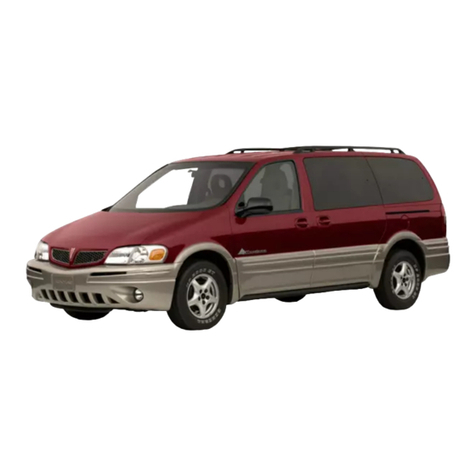Pontiac 1998 Grand Prix User manual
Other Pontiac Automobile manuals
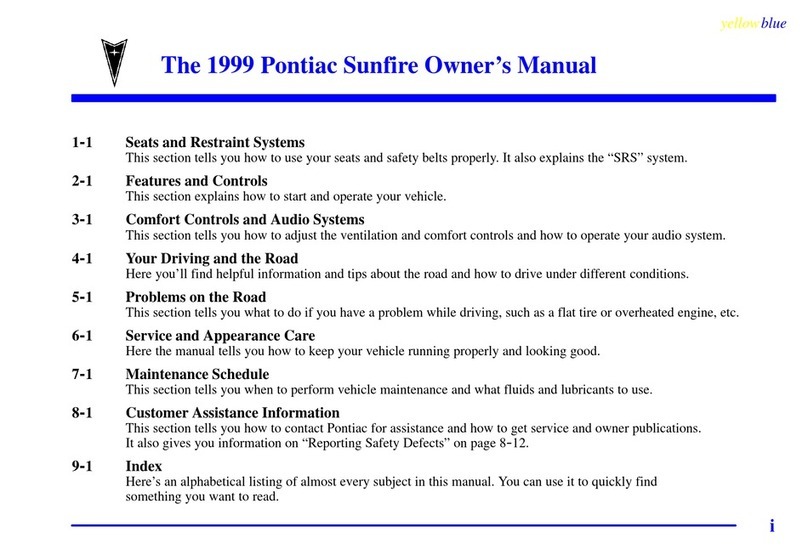
Pontiac
Pontiac 1999 Sunfire User manual
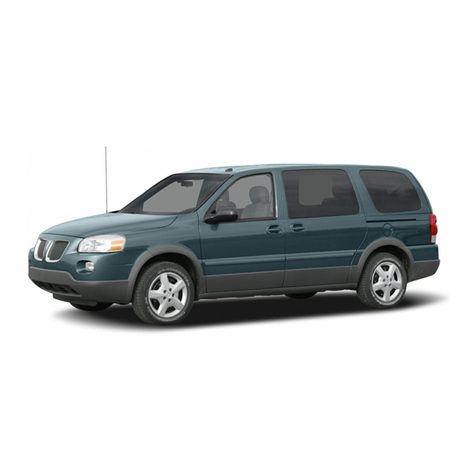
Pontiac
Pontiac 2006 Montana SV6 User manual
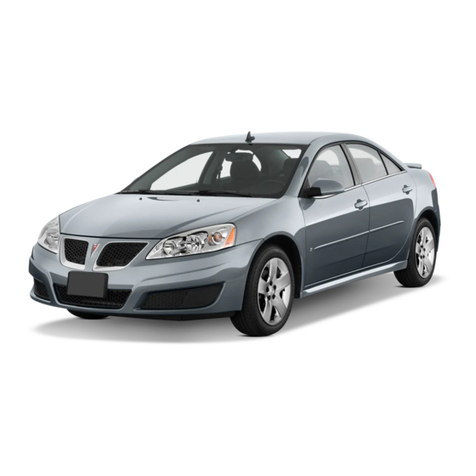
Pontiac
Pontiac 2009 G6 User manual
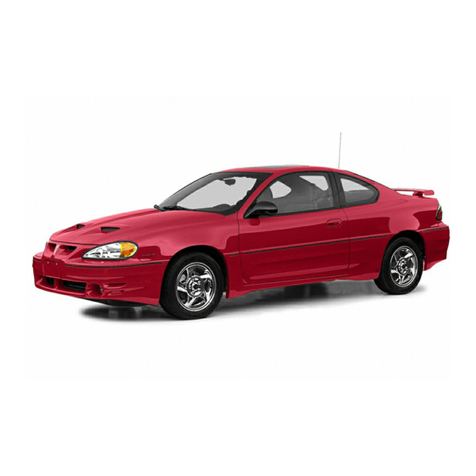
Pontiac
Pontiac GRANDAM GTK 2004 User manual

Pontiac
Pontiac Pontiac Wave 2008 User manual
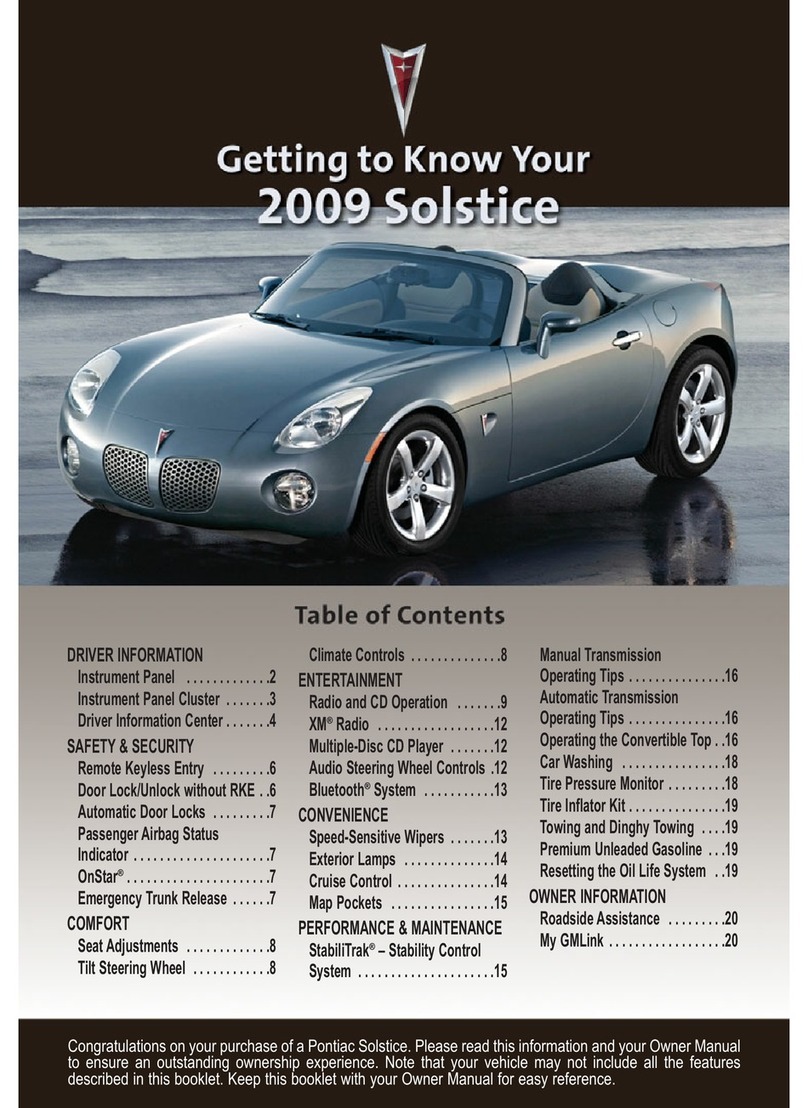
Pontiac
Pontiac 2009 Solstice Assembly instructions
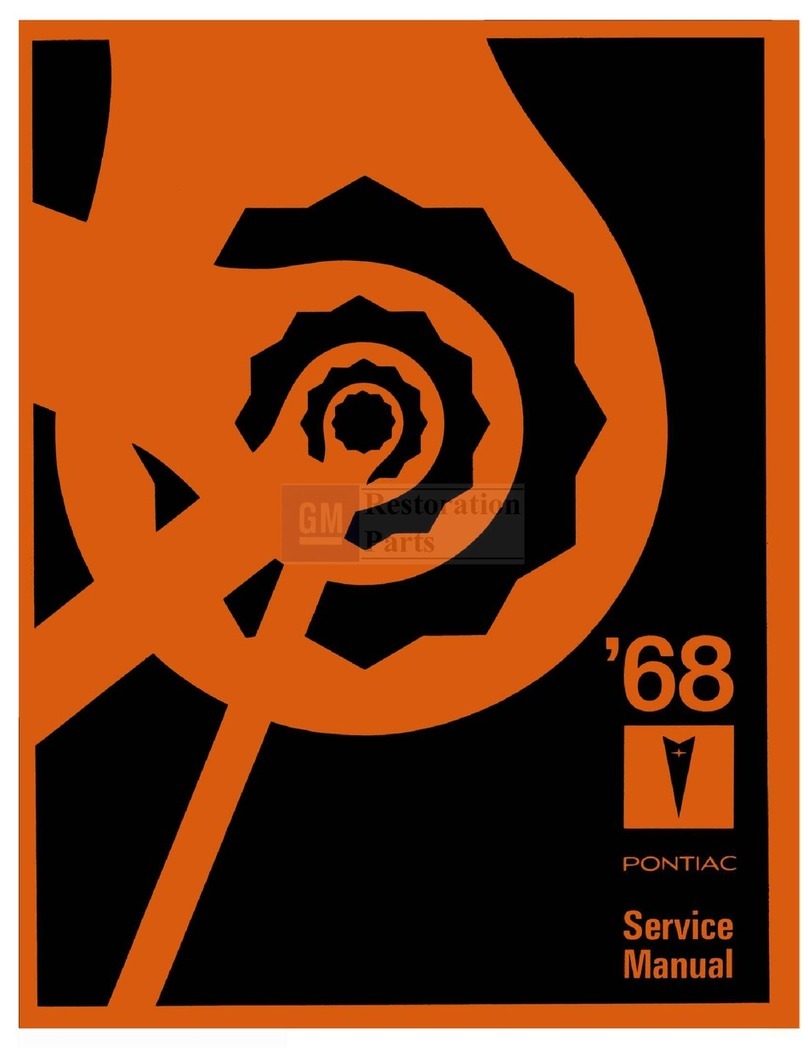
Pontiac
Pontiac tempest 1968 User manual
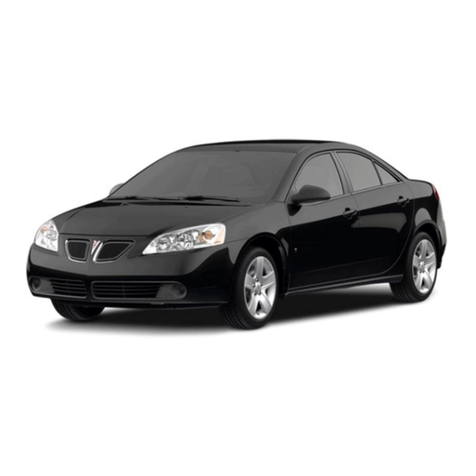
Pontiac
Pontiac 2005 G6 User manual
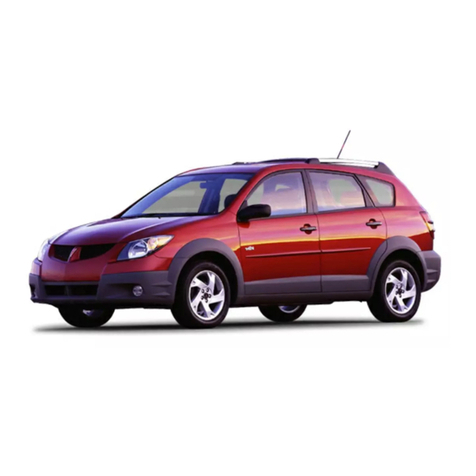
Pontiac
Pontiac 2004 Vibe Navigation System User manual

Pontiac
Pontiac BONNEVILLE 1997 User manual
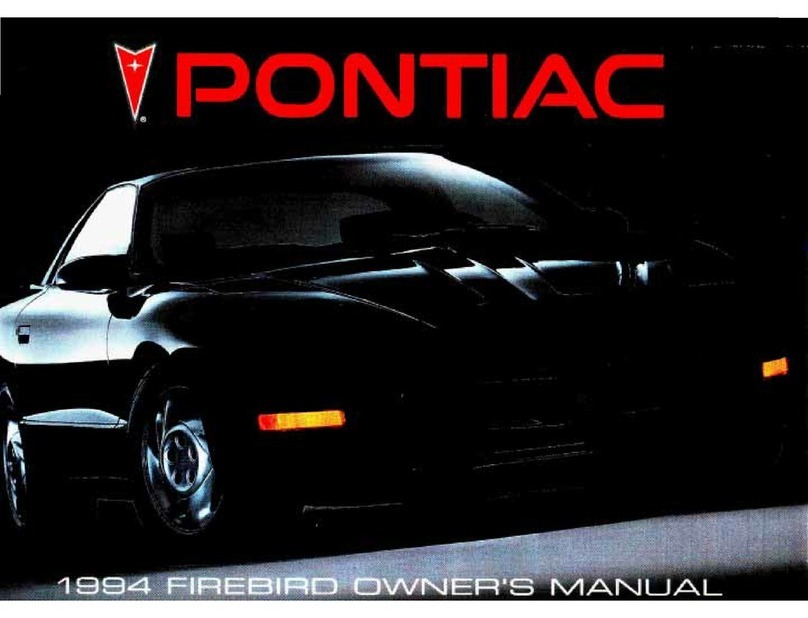
Pontiac
Pontiac 1994 Firebird User manual
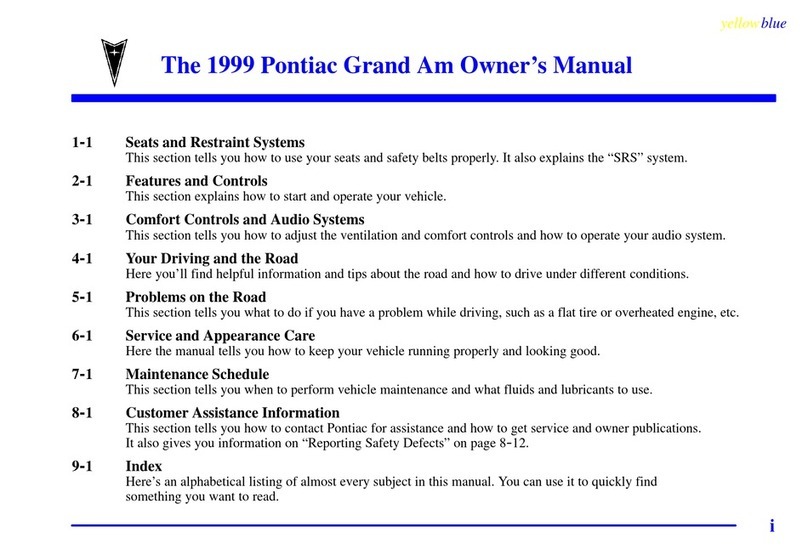
Pontiac
Pontiac 1999 Grand Am User manual
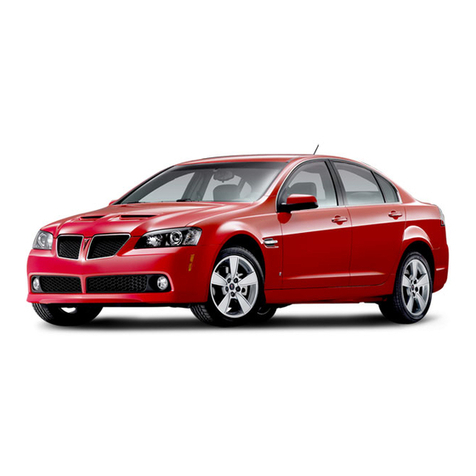
Pontiac
Pontiac 2008 G8 Assembly instructions

Pontiac
Pontiac 2005 Montana User manual

Pontiac
Pontiac 2009 G3 User manual
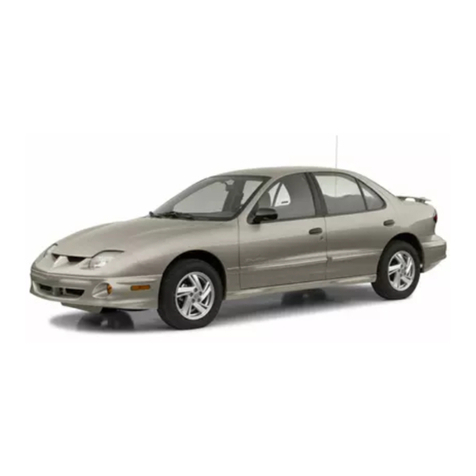
Pontiac
Pontiac 2002 Sunfire User manual
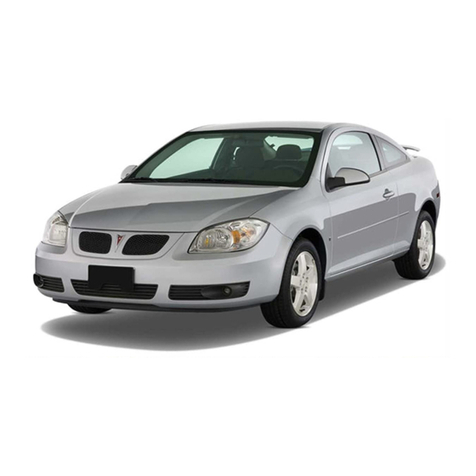
Pontiac
Pontiac 2009 G5 Assembly instructions

Pontiac
Pontiac Montana Assembly instructions
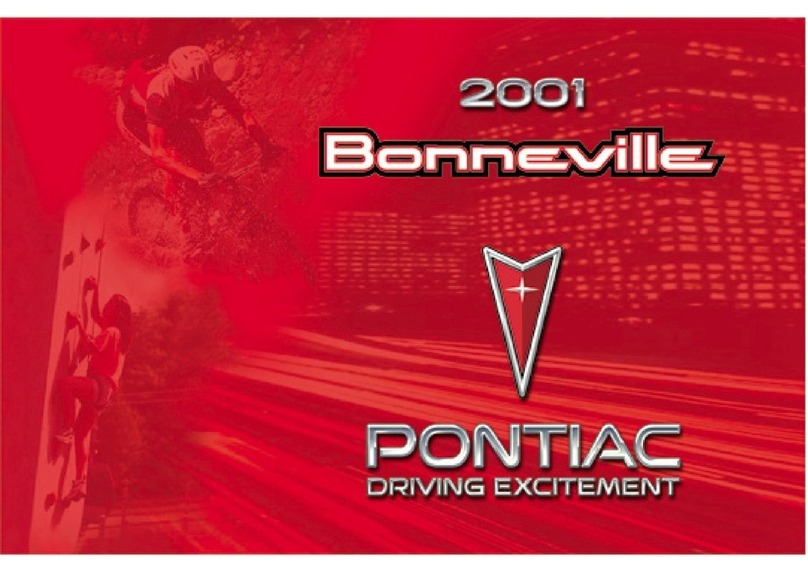
Pontiac
Pontiac 2001 Bonneville User manual
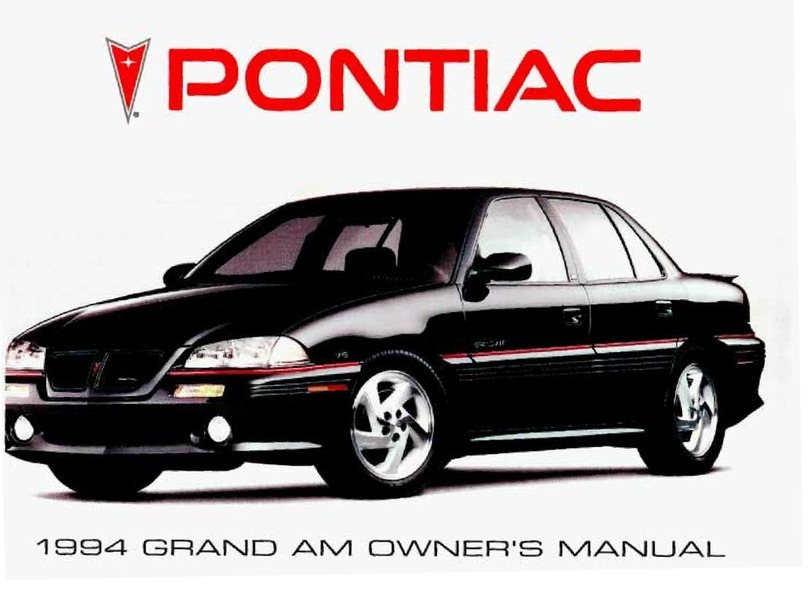
Pontiac
Pontiac 1994 Grand Am User manual

